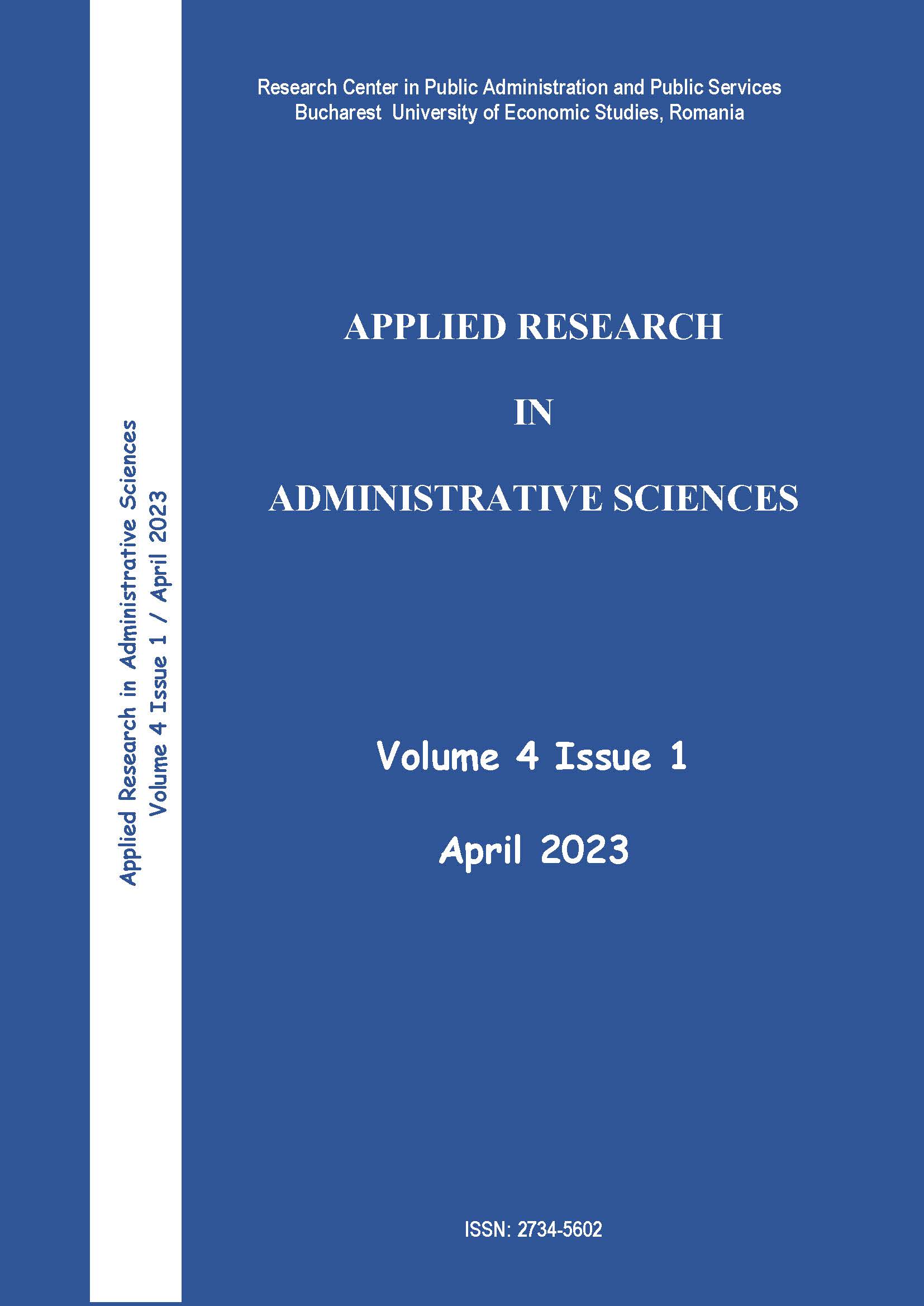CONSULTATIVE DIMENSION IN THE EUROPEAN UNION'S MULTI-LEVEL GOVERNANCE PROCESS: A LEVER FOR REGULATORY AND INSTITUTIONAL RESILIENCE
CONSULTATIVE DIMENSION IN THE EUROPEAN UNION'S MULTI-LEVEL GOVERNANCE PROCESS: A LEVER FOR REGULATORY AND INSTITUTIONAL RESILIENCE
Author(s): Cezar Teclean, Gabriela DrăganSubject(s): Politics / Political Sciences, Governance, Public Administration, EU-Approach / EU-Accession / EU-Development, EU-Legislation
Published by: Centrul de Cercetare in Administratie si Servicii Publice
Keywords: advisory institutions; multi-level governance; imperfect subsidiarity; normative legitimacy;
Summary/Abstract: This paper explores the environment of European bureaucracy starting from the research question regarding the role and place of consultative institutions (the European Economic and Social Committee and the European Committee of the Regions) in the European institutional system. The purpose of our investigation is to explain the nature and functionality of the institutions mentioned in the multi-level governance architecture of the European Union (EU). To achieve the proposed objective, we analyse the condition of advisory institutions as actors/agents of the European structure through the prism of the rationalist current and then we argue, through the grid of social constructivism, that the institutions in question serve, through their consultative attribute, also a role of legitimising supranational legislation with subnational applicability in the EU, against the background of the precariousness of legislative powers at regional and local level. Our research identifies the way in which the consultative institutions of the EU legitimise the community legislative process, a context in which the results obtained show the existence of a significant discordance between the need for legislation at the regional level and the much undersized legislative attribute at this level as a result of the constitutional limitations of the member states. The specified phenomenon feeds an imperfect subsidiarity and a deficient proximity within the EU, for the remedy of which the feasible solution consists in improving the administrative-legal cohesion in the EU through a potential reconsolidation of the Union treaties, which would generate a more homogeneous distribution of the administrative-territorial devolution.
Journal: APPLIED RESEARCH IN ADMINISTRATIVE SCIENCES
- Issue Year: 4/2023
- Issue No: 1
- Page Range: 48-57
- Page Count: 10
- Language: English

